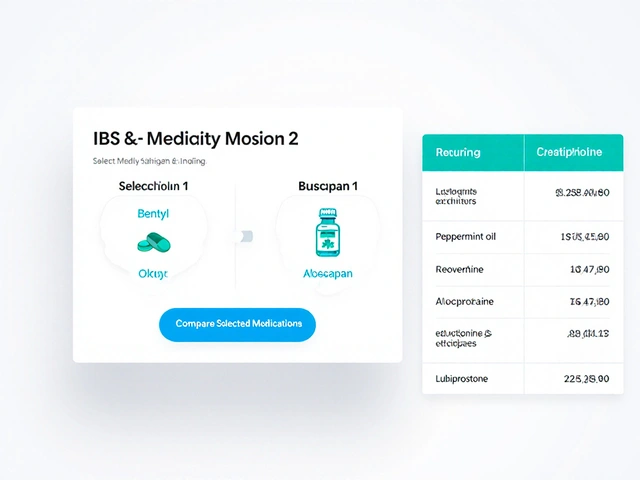Antifungal Medications: Your Quick Guide to Fighting Fungal Infections
Fungal infections can show up as itchy rashes, stubborn nail discoloration, or a weird odor in your shoes. The good news? Antifungal medications are designed to kill the fungus and clear up symptoms fast. Below we break down the basics, the types you’ll see on the shelf, and how to use them without a hassle.
Topical vs. Oral Antifungals – What’s the Difference?
Topical antifungals are creams, sprays, powders or gels you apply directly to the skin or nail. They work well for athlete’s foot, jock itch, ringworm, and mild nail fungus. Look for active ingredients like clotrimazole, miconazole, terbinafine, or ketoconazole. Most are available over‑the‑counter (OTC) and cost a few dollars.
Oral antifungals are pills you swallow. They hit the infection from the inside, making them the go‑to for deeper nail infections, systemic yeast problems, or stubborn skin infections that don’t respond to creams. Common oral agents include fluconazole, itraconazole, and terbinafine tablets. You’ll usually need a prescription because doctors want to check liver health and drug interactions first.
How to Pick the Right Antifungal for You
Start by identifying where the fungus lives. If it’s only on skin, an OTC cream or spray is often enough. Follow the label: apply it for the full course, even if symptoms fade after a few days. Skipping the end of treatment is a quick way to bring the infection back.
For nail fungus, the infection sits under the nail plate and takes longer to clear. OTC nail lacquers help early cases, but most people need an oral prescription that lasts 6‑12 weeks. Your doctor may order a lab test to confirm the fungus type before deciding.
Got a recurring problem, like frequent athlete’s foot after trips abroad? Consider a preventive routine: keep feet dry, wear breathable shoes, and use a talc‑based antifungal powder daily. This simple step can stop the fungus from getting a foothold.
Before you buy, check for common side effects. Topicals can cause mild redness or itching – usually harmless. Oral pills may affect liver enzymes, so avoid them if you have liver disease or drink heavily. Always tell your pharmacist about other meds you’re on.
If you’re pregnant, breastfeeding, or have a chronic condition, ask a healthcare professional before starting any antifungal. Some ingredients aren’t safe for babies or can interact with blood thinners.
Finally, store your meds properly. Keep creams in a cool, dry place and seal bottles tightly. Expired antifungals lose potency and won’t clear the infection.
With the right choice and a consistent routine, most fungal infections disappear in a couple of weeks. Keep this guide handy the next time you spot an itchy rash or a thickened nail – you’ll know exactly what to do.

Not sure if griseofulvin is right? Compare it to terbinafine, itraconazole, fluconazole, and topicals by infection type, cure rates, safety, and real‑world scenarios.
Continue Reading




